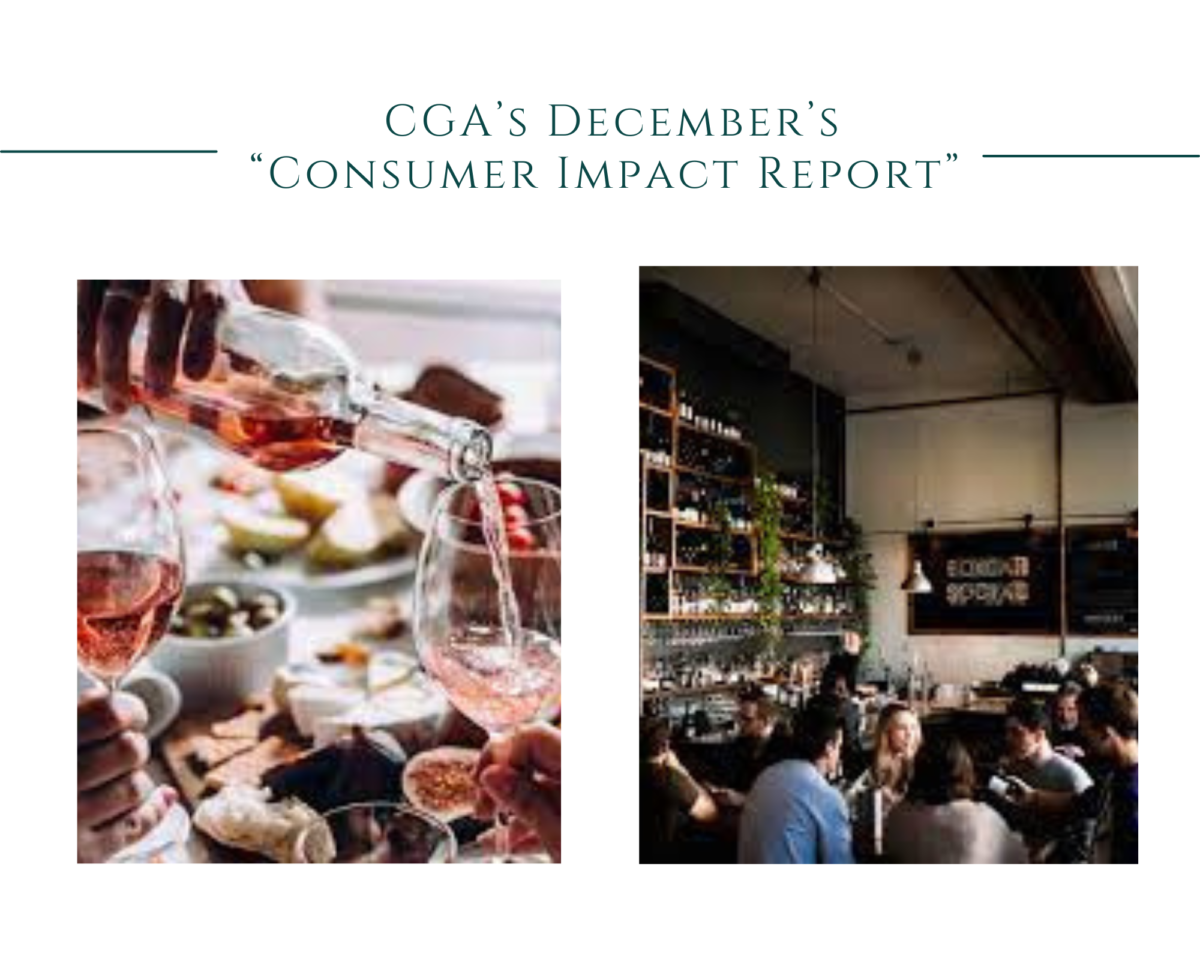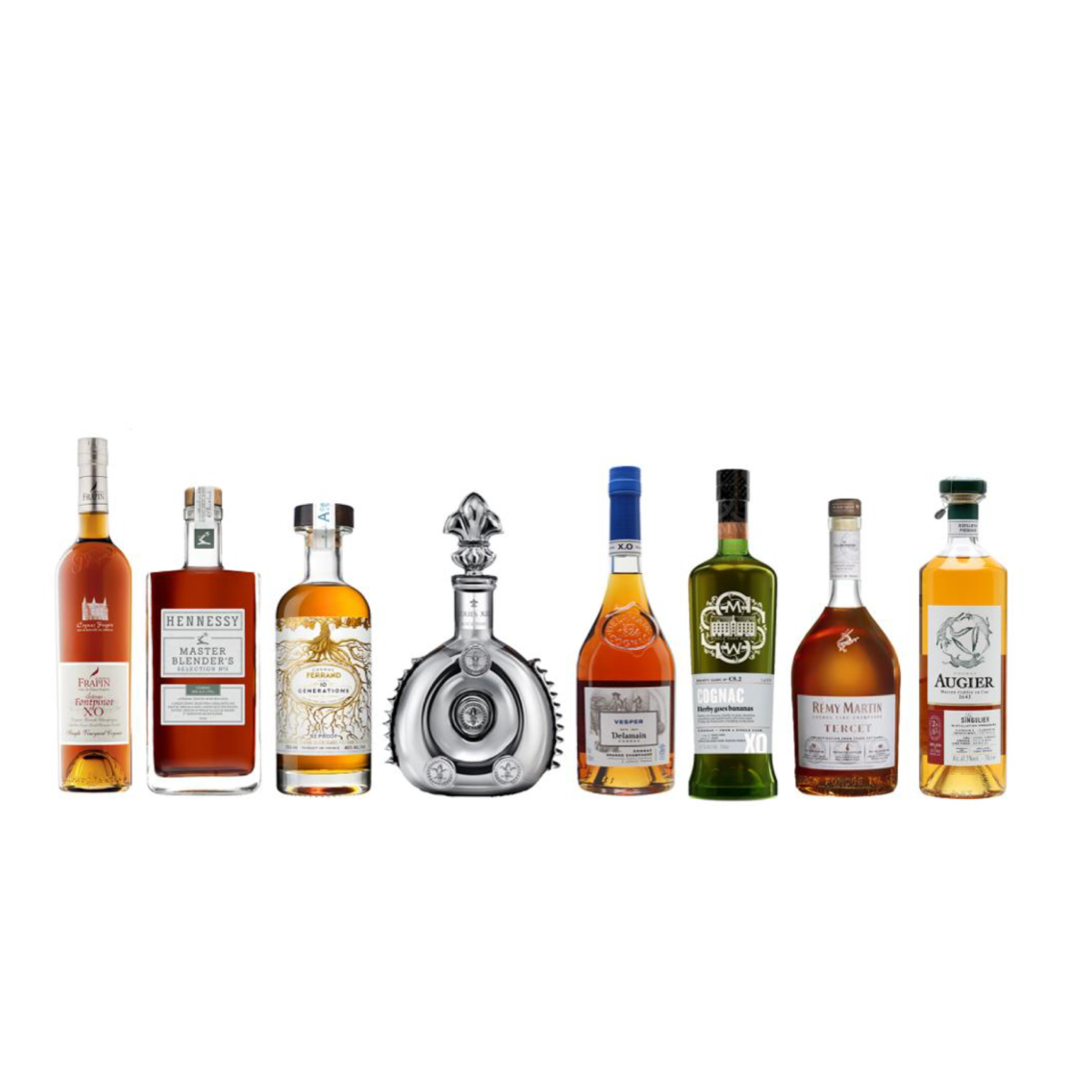CGA by NielsenIQ’s latest consumer research reveals that bars and restaurants are essential for driving awareness of drinks brands, with 61% of consumers more likely to look for new brands in the on premise as opposed in stores and 54% stating they’ve made an in-store purchase of a brand that they first tried in the on premise.
CGA’s Consumer Impact report highlights 1,600 consumer behaviors across Florida, Texas, California and New York. The latest research highlights that the frequency of visits to the on premise have remained stable, with 4 in 5 consumers visiting bars and restaurants 3 or more times in the last three months. Plans for visiting also remain very positive with around 73% of US consumers planning to go out in the next weeks.
Consumers continue to seek out new experiences in bars and restaurants, with consumers more likely to first try a new Spirits or Beer brand in the on premise over an in-store purchase – underlining how important venues are in building brand awareness and encouraging trial.
Trial of new drinks brands in bars and restaurants is highly likely to compel consumers in their purchasing decisions in the off premise too – with 54% of consumers agreeing they have made a purchase in store of brands that they first tried in the on premise. 3 in 5 consumers also agree that they are likely to look for new brands in store if they’ve already tried them at a bar or restaurant.
Not only are on premise purchases informing in-store buying behaviors, they also help to build loyalty – with two thirds of consumers agreeing that if they try a new brand they like in a bar or restaurant, they will continue drinking it on subsequent visits.
Ahead of the holiday season, two thirds of US consumers are planning to visit the on premise throughout this period, with 3 in 10 planning to visit on New Year’s Eve specifically. These consumers are planning to visit a range of food- and drink-led venues, with neighborhood bars, fine dining and sports bars leading the list of most popular venues, while beer is the drink of choice for New Year’s Eve.
Moving into the new year, almost 2 in 5 US consumers predict they will visit the on premise more or much more often than they did in 2022, while half plan to maintain their current frequency of visitation. A third of consumers predict their spend in bars and restaurants will increase over the next 12 months, with 2 in 5 consumers willing to spend more for better quality drinks compared to 2022 – providing significant opportunities for premium drinks brands.
Source: CGA Strategy
#winemarketing #winenews #winetasting #winelovers #beer #usconsumers #consumermarketing #wine #sommelier #sommlife #winetime #happyhour #wineoclock #beveragemarketing





